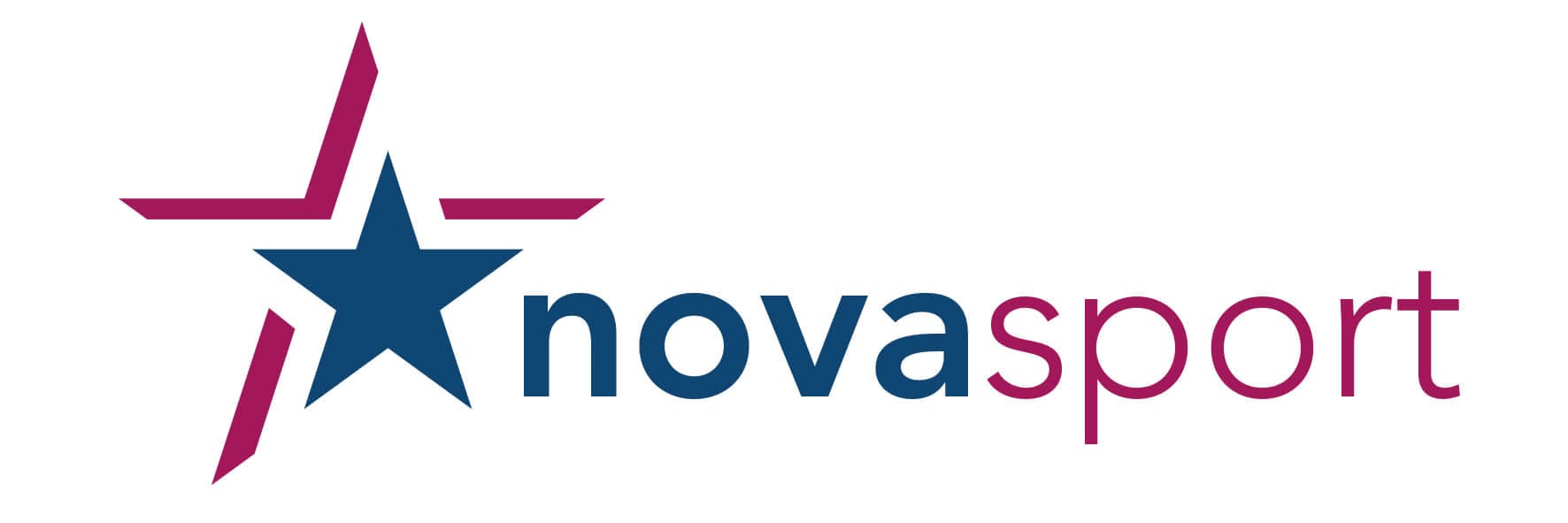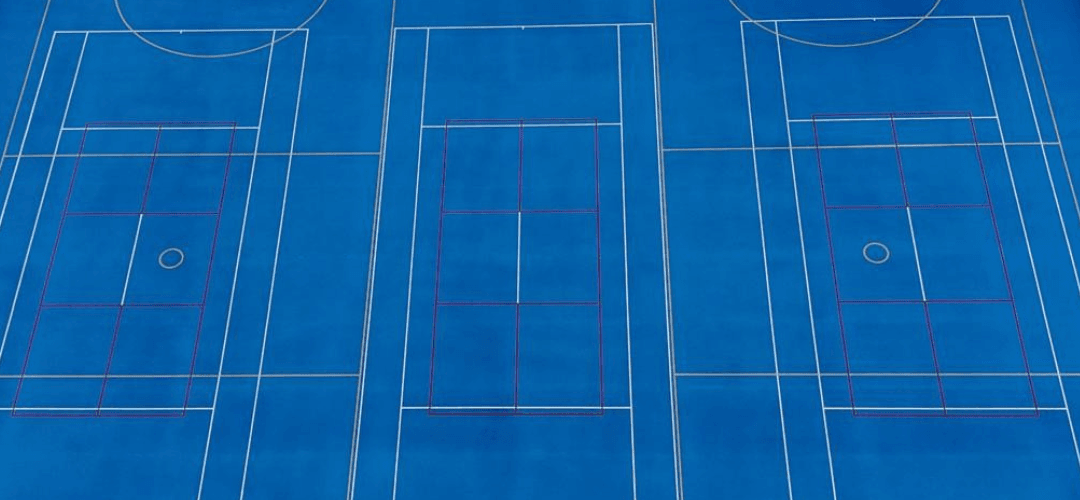Public parks are more than recreational spaces. They are vital community assets that support physical activity, mental well-being, and social connection. For councils looking to modernise these areas, a Multi-Use Games Area (MUGA) offers one of the most cost-effective and inclusive ways to provide structured play and sports opportunities.
A MUGA is not only practical, it is also adaptable. With the right surfacing, it becomes a reliable, safe, and engaging space for multiple age groups and sports. This article explores why surfacing is essential for successful MUGA installations and how councils can use it to improve the value of their green spaces for years to come.
Why MUGAs Matter for Parks and Open Spaces
A Multi-Use Games Area is a purpose-built space designed to host several sports, including football, basketball, tennis, and netball. Whether located in a central town park or on a housing estate, a well-planned MUGA encourages people of all ages to stay active, often at no cost to the user.
For local authorities, the benefits are clear:
- Better use of limited outdoor space
- Encouragement of healthy lifestyles
- Low maintenance compared to natural grass
- Flexible use for both casual and structured play
According to the Local Government Association (LGA), 87 percent of councils in England view green spaces as essential to their health and wellbeing strategies. (ref 1) A MUGA supports this goal by offering a reliable, inclusive sports zone within an accessible public setting.
The Role of Surfacing in MUGA Performance
The surface beneath a MUGA is not just a practical consideration. It is the element that enables the space to function safely and effectively throughout the year. The right surfacing ensures:
- Consistent play quality
- Protection from slips and falls
- Proper drainage in wet weather
- Longevity and resistance to wear
- Suitability for different sports and user groups
The correct surface choice depends on a number of factors, including what sports will be played, the typical user age range, and local weather conditions. Maintenance expectations and budget also play a part.
Common MUGA Surfacing Options for Parks
At Nova Sport, we specialise in surfacing that suits the needs of public spaces. Our most popular MUGA surfaces include:
Polymeric Surfacing (Type 3 and Type 4)
This is a rubber-based surface made from EPDM granules bound with a resin. It is shock absorbent, slip-resistant, and porous, making it ideal for football, netball, basketball, and general multi-sport use. Polymeric surfacing performs well in all weather conditions and requires little upkeep.
3G Sports Grass
Designed to imitate natural turf, 3G sports grass includes a long-pile surface filled with sand and rubber to create a natural bounce. It is especially suitable for football and rugby practice areas and offers a high-quality visual finish. This surface is ideal for parks looking to create a realistic and appealing sports zone.
Macadam (Tarmac) Surfacing
Macadam is a solid, durable surface often used for ball sports. It can be enhanced with acrylic or polyurethane coatings and sports markings to increase its versatility. This option is suitable for parks seeking a cost-effective, low-maintenance solution for heavy-use areas.
SUDS-Compliant Surfaces
Where drainage is a concern, councils can opt for porous materials like SUDS Bond permeable surfacing. These options support Sustainable Urban Drainage Systems (SUDS) and help reduce surface water build-up during heavy rain. They are especially useful in urban parks or low-lying public areas.
Community Benefits of the Right MUGA Surface
A well-surfaced MUGA can have a positive and lasting impact on the local community. Key benefits include:
All-Weather Access
Surfaces such as porous polymeric or 3G grass allow sports and activities to continue throughout the year. Even during wet or cold conditions, the surface remains usable and safe.
Multi-Age and Inclusive Use
The right MUGA surface serves users across different age groups and abilities. From teenagers playing football to older adults walking laps for light exercise, a thoughtfully designed MUGA invites everyone to get active.
Social and Wellbeing Value
Safer, inclusive outdoor facilities help reduce isolation, increase social interaction, and support mental health. This is particularly important in areas where residents have limited access to private leisure or sports clubs.
Long-Term Cost Savings
Compared to grass pitches, surfaced MUGAs require less maintenance. There is no need for regular mowing, re-seeding, or chalk line marking. This makes them a smart long-term investment for councils with limited maintenance budgets.
Addressing Health and Activity Inequality
Across England, access to physical activity opportunities remains uneven. According to Sport England’s latest data:
- Only 47 percent of children meet the recommended 60 minutes of daily activity (ref 2)
- One in three adults is classed as physically inactive (ref 4)
- Inactivity contributes to healthcare costs estimated at £1 billion per year (ref 3)
By creating accessible, free-to-use spaces in parks and community areas, councils can help reduce these inequalities. MUGAs allow people of all backgrounds and income levels to engage in physical activity close to home.
Real-Life Examples of Council-Led MUGA Projects
Although we cannot share specifics of projects we did not deliver, councils across the UK are increasingly integrating MUGAs into their public space strategies. Common examples include:
- Refurbishing underused concrete courts with new polymeric surfacing and line markings
- Installing 3G MUGAs near schools to support both education and community sport
- Creating multi-sport spaces within new housing developments
- Using SUDS-compliant MUGAs in flood-prone or high-traffic urban parks
Each project reflects the versatility and practicality of MUGA surfacing when planned with community needs in mind.
Funding and Support for Council MUGA Projects
Many councils fund MUGA projects through a mix of:
- Section 106 agreements or Community Infrastructure Levy (CIL)
- Public health and wellbeing budgets
- Sport England investment programmes
- Levelling Up funding for high-need areas
Nova Sport supports local authorities with planning documentation, product specifications, and site assessments to help them secure funding and move projects forward.
MUGA Surfacing That Supports Active Communities
When councils invest in MUGA surfacing, they invest in more than just play areas. They are building spaces that:
- Encourage physical and social well-being
- Serve all ages and ability levels
- Require low long-term maintenance
- Add real value to green spaces
With the right surfacing, a MUGA can become a central part of community life. At Nova Sport, we help councils across the UK design and install high-performance MUGA surfaces that deliver lasting public benefit.
Ready to Discuss Your Local MUGA Project?
Whether you’re planning a new MUGA or upgrading an existing space, Nova Sport can help. Our team offers expert advice, site consultations, and surface recommendations tailored to your location, budget, and goals.
Contact us today to start your MUGA project with confidence.
Or download our latest brochure to explore the full range of surfacing options available.
STATISTIC 1
“87% of councils in England consider green spaces essential to health and wellbeing strategies.”
📌 Source: Local Government Association (LGA), Green Infrastructure Survey Report 2022
📎 Link:
https://www.local.gov.uk/publications/green-infrastructure-survey-report-2022
STATISTIC 2
“Only 47% of children in England meet the recommended daily level of physical activity (60 minutes).”
📌 Source: Sport England, Active Lives Children and Young People Survey Academic Year 2022–23
📎 Link:
https://www.sportengland.org/research-and-data/data/active-lives/children-and-young-people-survey
STATISTIC 3
“Physical inactivity costs the NHS around £1 billion per year.”
📌 Source: Public Health England, Health Matters: Physical Activity
📎 Link:
https://www.gov.uk/government/publications/health-matters-getting-every-adult-active-every-day
STATISTIC 4
“1 in 3 adults is classified as inactive — doing less than 30 minutes of activity per week.”
📌 Source: Sport England, Active Lives Adult Survey November 2022–23 Report
📎 Link:
https://www.sportengland.org/research-and-data/data/active-lives/adult-survey

